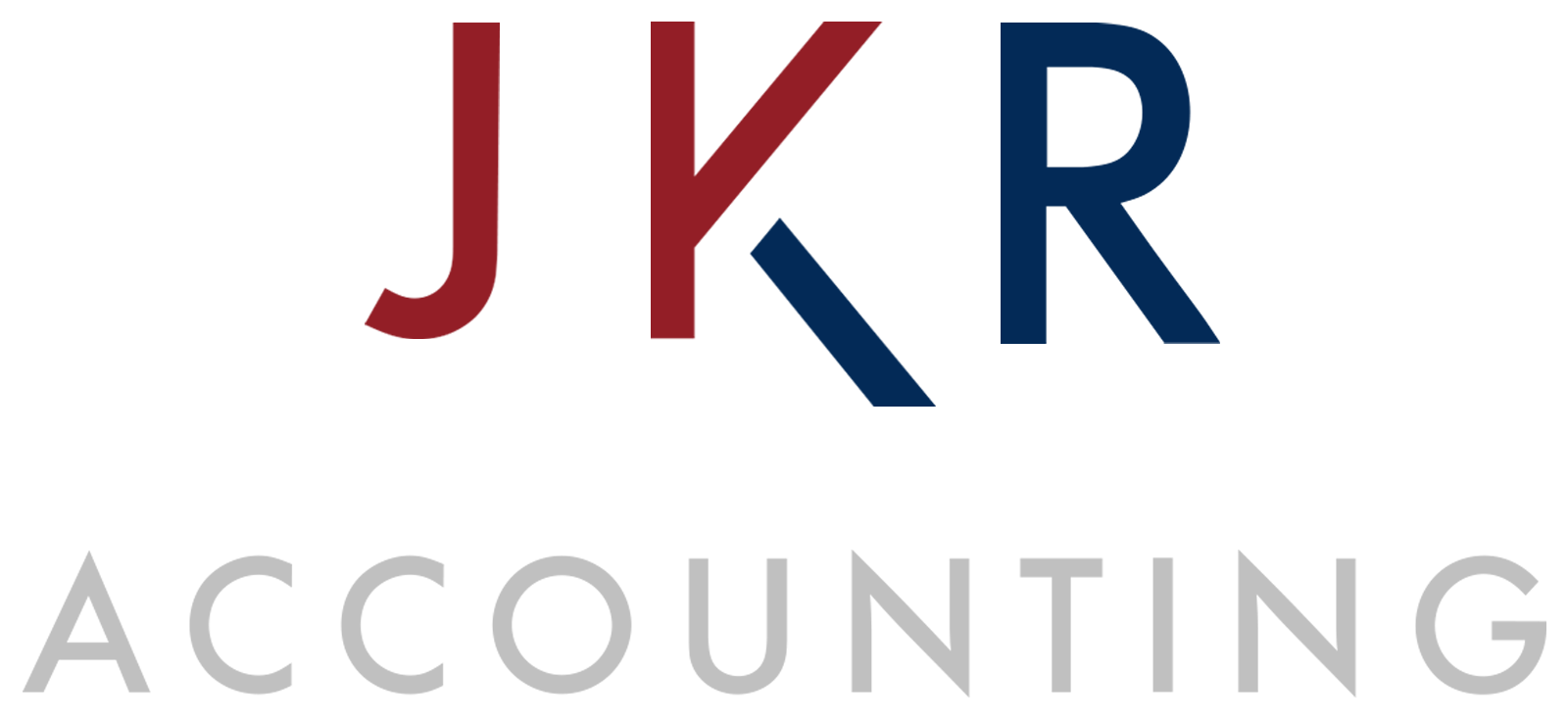TAX OFFSETS AND RELIEF FOR LOW AND MIDDLE INCOME EARNERS
The Low and Middle Income Tax Offset (LMITO) has increased for the 2021-22 income year. The LMITO provides a tax reduction of up to $1,500 for individuals with a taxable income of up to $126,000. The LMITO reduces the tax owed and can only be reduced to zero – the excess is not paid as a refund.
The Medicare levy low-income thresholds for singles, families, and seniors and pensioners also increased from 1 July 2021 to take account of movements in the CPI so that low-income taxpayers generally continue to be exempt from paying the Medicare levy.
SUPERANNUATION GUARANTEE INCREASES TO 10.5%
The Superannuation Guarantee (SG) rate will rise from 10% to 10.5% on 1 July 2022 and will then steadily increase by 0.5% each year until it reaches 12% on 1 July 2025.
If you have employees, what this will mean depends on your employment agreements. If the employment agreement states the employee is paid on a ‘total remuneration’ basis (base plus SG and any other allowances), then their take home pay might be reduced by 0.5%. That is, a greater percentage of their total remuneration will be directed to their superannuation fund. For employees paid a rate plus superannuation, then their take home pay will remain the same and the 0.5% increase will be added to their SG payments.
$450 SUPER GUARANTEE THRESHOLD REMOVED
From 1 July 2022, the $450 threshold test will be removed and all employees aged 18 or over will need to be paid superannuation guarantee regardless of how much they earn. It is important to ensure that your payroll system
accommodates this change so you do not inadvertently underpay superannuation.
For employees under the age of 18, super guarantee is only paid if the employee works more than 30 hours per week.
LOWERING TAX INSTALMENTS FOR SMALL BUSINESS – PAYG
As you know, PAYG instalments are the regular prepayments made during the year of your tax on business and investment income. The actual amount owing is then reconciled at the end of the income year when the tax return is lodged.
Normally, GST and PAYG instalment amounts are adjusted using a GDP adjustment or uplift. For the 2022-23 income year, the Government has set this uplift factor at 2% instead of the 10% that would have applied. The 2% uplift rate will apply to small to medium enterprises eligible to use the relevant instalment methods for instalments for the 2022-23
income year:
- Up to $10 million annual aggregated turnover for GST instalments, and
- $50 million annual aggregated turnover for PAYG instalments
The effect of the change is that if you are using this PAYG instalment method, you will have more cash during the year to utilise. However, the actual amount of tax owing on the tax return will not change; just the amount you need to contribute during the year.
DEDUCTIBILITY OF COVID-19 TESTS
If you have purchased RAT tests to determine whether you may attend or remain at work, a tax deduction is available for the cost you have incurred from 1 July 2021 (you will need evidence of the expense). As an example, if the RAT test cost $20, someone on a marginal tax rate of 32.5% would receive a tax benefit of $6.50.
The tax deduction does not apply if:
- You worked from home and did not intend to attend your workplace
- The test was used for private purposes (for example, to tests the kids before school).
For a business that provides RAT and PCR tests to their employees, this also means they are exempt from FBT from 1 July 2021 if those employees would have otherwise been able to claim a deduction had they personally incurred the cost of the test.
The material and contents provided in this article are informative in nature only. It is not intended to be advice and you should not act specifically on the basis of this information alone. If expert assistance is required, professional advice should be obtained.
